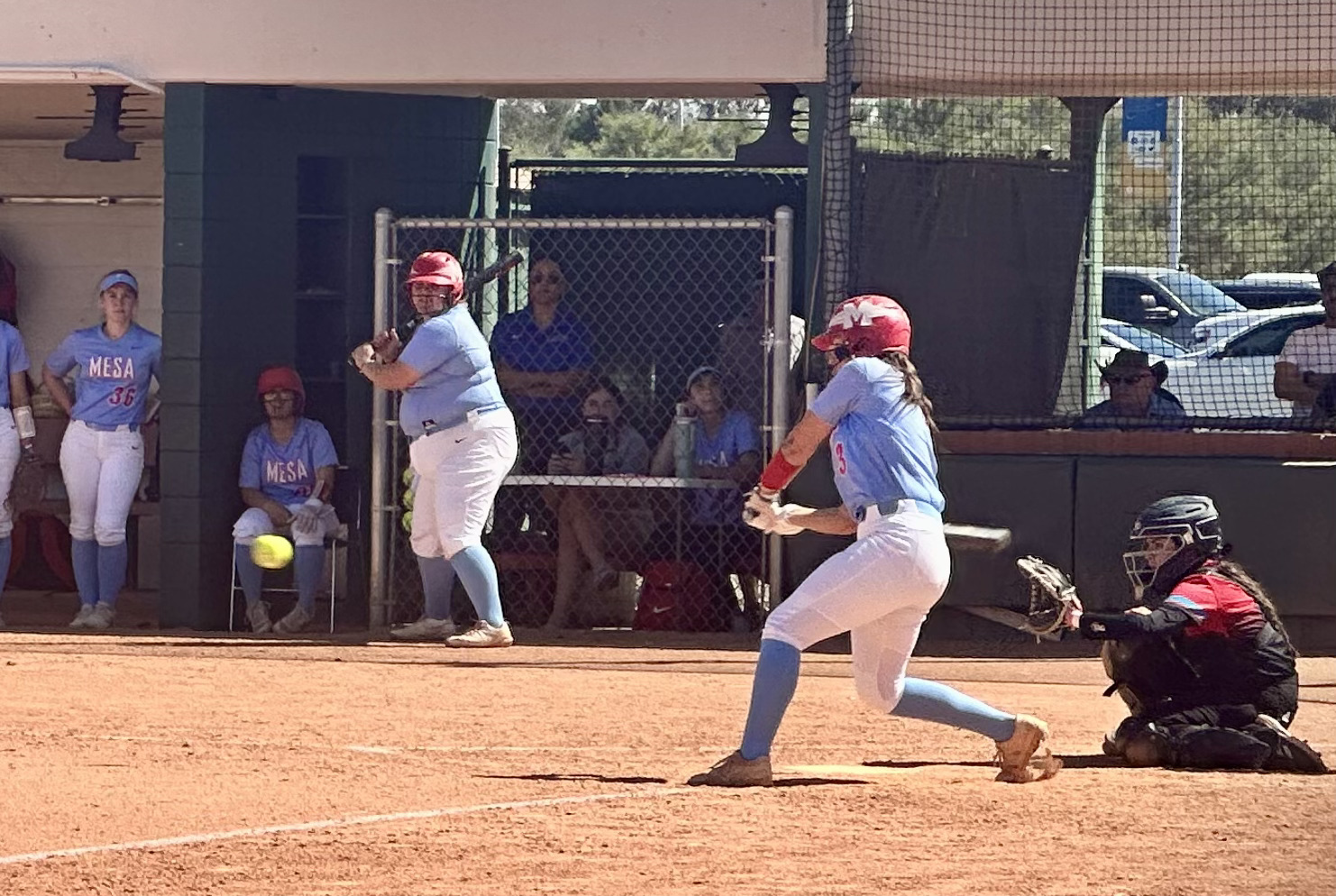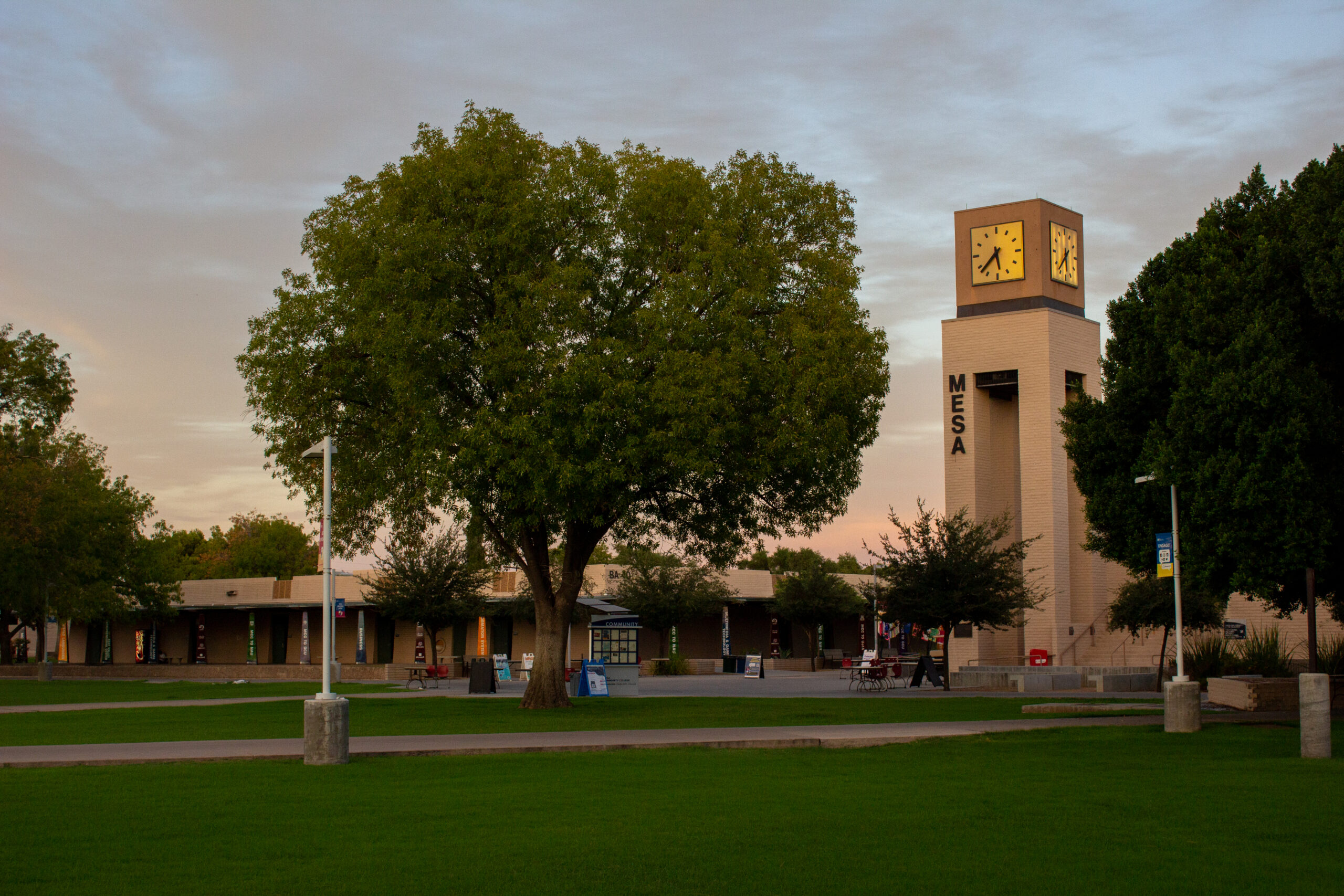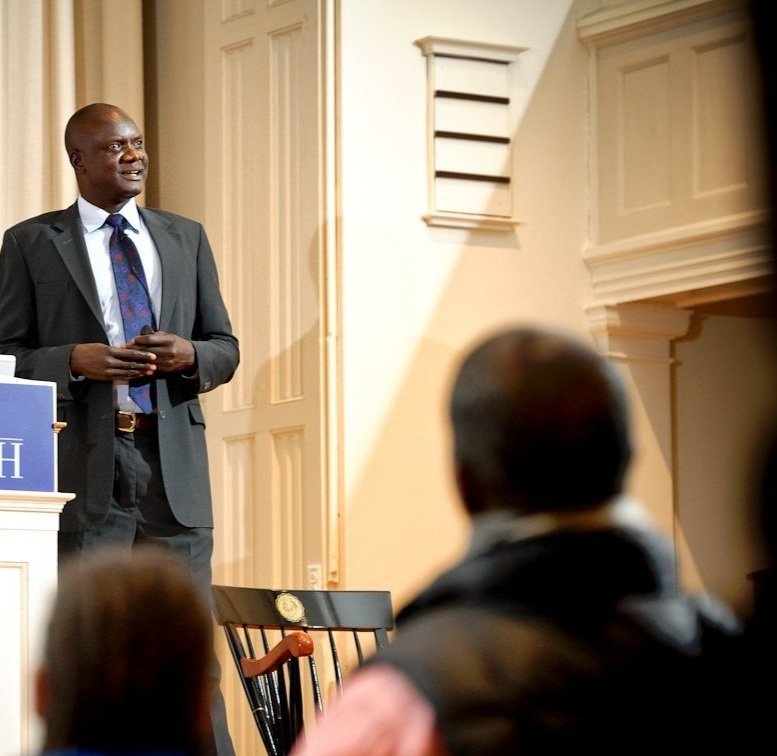Phoenix Rising
Alan Beveridge
With the chill in the morning air, it’s hard to believe that the Valley just suffered through one of the hottest and driest summers on record.
The summer of 2011 was a record-breaking season with weather highlights that included a lingering visit from la nina, a persistent drought, dust storms of biblical proportion, and the fourth hottest day on record since the National Weather Service began maintaining records from 1895.
Unfortunately, the trend of hotter and drier weather doesn’t seem likely to change anytime in the near future. The three hottest days on record have all occurred since the summer of 1990 and continued moderate-to-extreme-drought conditions remain in the forecast.
What makes the debilitating heat even less bearable is the lack of relief typically associated with desert nights. Valley residents of the early 1900s still suffered through 105-plus-degree summer days; however, their nights were rewarded with temperatures that averaged in the low 70s. Last summer, Phoenix had an average overnight low temperature of 83.3 degrees, and on Aug. 15, the temperature never dropped below 90 degrees.
Doug Green with the National Weather Service said the “concrete jungle” does not release heat and that is why overnight temperatures are rising.
“When a city is built like this, the concrete, the asphalt, the buildings do not radiate heat back to space as effectively as the outlying desert,” Green said.
This phenomenon, known as the “Urban Heat Island Effect,” results in an increasing overnight temperature that expands from the center of Phoenix for any given date in summer or winter. The “effect” increases and expands with the size of the “concrete island.”
With the explosive growth of the Valley over the last 30 years, the phenomenon continues to grow and influence temperatures far from the center of Phoenix. Many researchers agree that Phoenix is heading toward its first 100 degree overnight low on record if the trend continues, possibly within the next decade.
The City of Phoenix is working to address the issue through such efforts as the Phoenix Urban Form Project. The project is wide ranging, addressing building form, infrastructure design and the material used for both in an effort to minimalize the sun’s impact on the community.
The plan also includes a massive tree planting component that would provide green and shaded pathways through much of metro Phoenix. The city anticipates that such project could ultimately result in a significant decrease of daytime and nighttime ambient temperatures.
The environmental impact of such project versus the benefits is a topic that remains to be debated.









